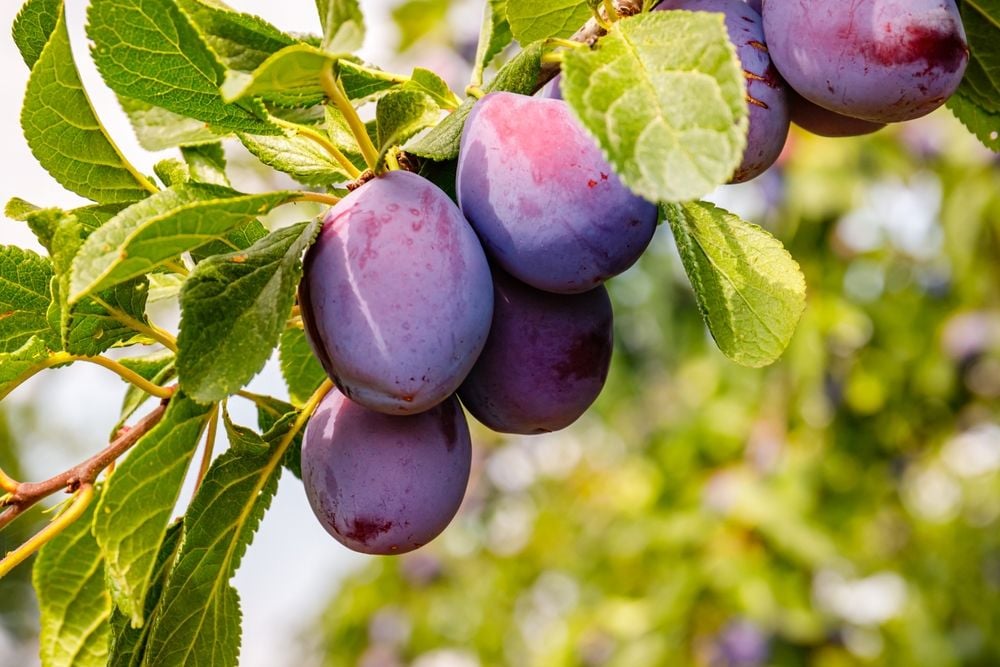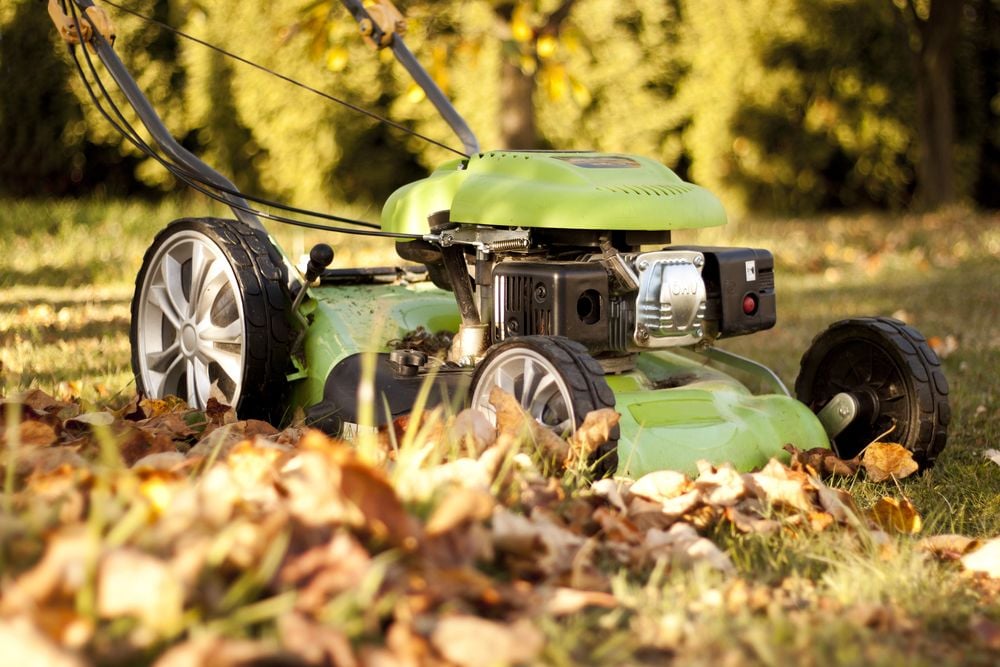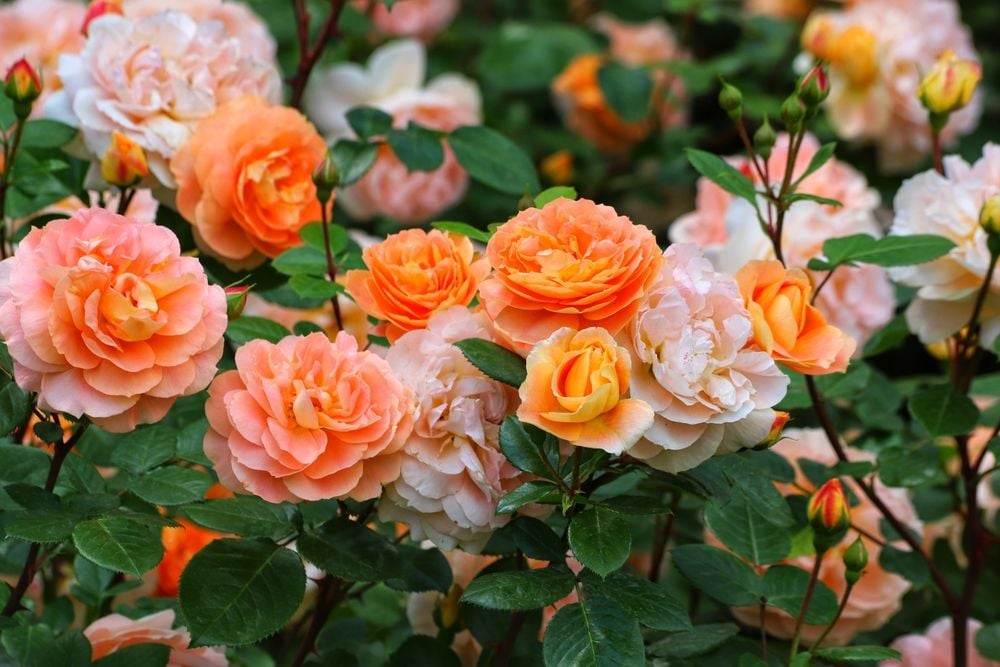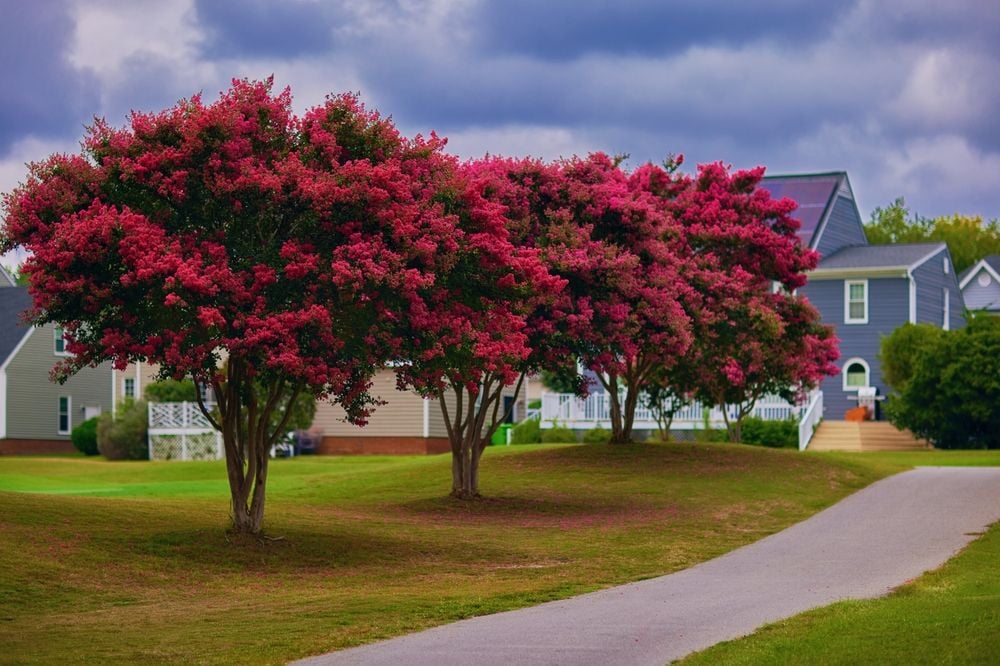
Grow Your Very Own Plum Tree From A Pit
- Sep 26, 2025
Wouldn't it be exciting to enjoy tasty plums without buying them separately every time? The good news is, you can make this wish come true by growing your own plum tree using a pit. Although this process can be slightly tricky, the experience can indeed be highly fulfilling and fruitful.
"'They are often grown through grafted trees,' informs Lisa Tadewalt, a certified arborist with ISA and co-founder of Urban Forest Pro. She advises that growing a plum tree from a pit may result in a fruit that varies from the one where the pit was collected.
If you are interested in attempting this horticultural venture, some plum variations fare better when cultivated from a pit. Appropriate aftercare for the newly germinated tree is vital for it to flourish.
According to Tree expert Tadewalt, the American or Chickasaw plum trees make an excellent starting point.
Tadewalt suggests, “Depending upon your residing region, it's beneficial to secure an availability list from the local nursery and attempt to replicate that as much as possible. Through this, it becomes easier to find trees that can thrive in the local climate."
While Tadewalt points out a discrepancy between the variety available at nurseries and local grocery stores-one could source a viable option from a farmer's market.
Alternatively, Nastya Vasylchyshyna, an eminent botanist with Plantum, recommends employing pits from wild varieties, like the Canadian or American plum.
Further to her point, she warns that pits from a hybrid or grafted tree have unpredictable outcomes such as variation in taste and appearance of the resulting fruit.
Once the suitable variety is chosen, it’s on to the planting of the pit and subsequent care.
Upon potting the new sprouts, they require appropriate care. The experts recommend choosing containers with a diameter of most 4 - 5 inches and good draining capacities.
Vasylchyshyna advises filling the containers with well-draining, slightly acidic or neutral soil rich in nutrients. A pH of 5.5 to 6.5 is ideal, she adds, and ensuring that your plant receives at least seven to eight hours of daily sunlight is equally critical.
According to Vasylchyshyna, when the weather consistently warms up, the plants should be gradually accustomed to outdoor conditions.
If you're thinking of transplanting these seedlings into open ground, select a sunny area with well-draining soil. Avoid waterlogged areas as they might hinder the development of the plum tree.
Nurture a young plum tree by watering it generously once the topsoil dries out. Tadewalt doesn't recommend using fertilizer for the first year. Instead, a 1 to 2 inch layer of mulch around the tree in the fall should suffice.
In the second instance, Vasylchyshyna suggests using balanced mineral fertilizer. Though Tadewalt warns not to remove all the new growth when pruning as that's where the fruit will sprout.
As the tree matures, Vasylchyshyna encourages the gradual shaping of its crown. However, be cautious not to crowd the center of the crown as poor air circulation creates conditions favorable for diseases.






